How Are Autonomous Vehicles Supposed to Make Automakers Money?

As we continue reporting on how costly mobility projects, connectivity, and autonomous development are weighing on automakers’ bottom line, readers want to know exactly when these endeavors will become profitable. While the path for data acquisition and in-car marketing is fairly clear, self-driving cars are new territory. But it’s all speculative. Logistical, ethical and regulatory issues abound — and legislators seem rather poorly informed on the technology in general.
For now, companies have a pass to test autonomous vehicles in limited quantities across the United States. The next move, which some firms (like Waymo) have already undertaken, involves adapting test-bed AVs for use in commercial fleets. Profitability is another matter, and concerns are mounting that the technology isn’t ready and might not be for some time.
While we already know that automakers and tech firms have grossly oversold autonomy, they’re continuing to make meaningful progress toward its development. Advanced driving aids have trickled into mainstream models and now offer an interesting mix of trusting your car’s sensors and never letting your guard down — as you’re wholly responsible in the event of a crash.
Consumer confusion and a series of high-profile accidents involving advanced driving systems over the past few years hasn’t helped the general populace feel any better about the technology. Still, an increasing number of people are being made aware of its existence, which we suppose is better than nothing.
However, automakers probably won’t have to worry about AVs getting love on dealer lots. The initial autonomous push will come via ride-hailing services, delivery companies, and e-commerce, according to The Detroit News.
The outlet recently broke down what the industry plans to do with these vehicles as they approach a point where they can be reliably counted on. There’s still a sense that chasing down the technology could also be a fool’s errand. While still incredibly fast, progress has proven less swift and more costly than automakers initially presumed. Partnerships are springing up as firms look to share development costs or simply buy the technology outright by acquiring companies that are already working on things like artificial intelligence or sensor technology.
It’s a two-way street, though. Industrial collaborations include everything from Waymo buying minivans directly from Chrysler (to be modified for use as autonomous testbeds/taxis), Ford’s purchase of Argo AI, and even BMW Group’s unlikely mobility partnership with Daimler. Few companies are going it alone anymore, and their earnings reflect why. It’s just too expensive to keep shoveling heaps of money into something that hasn’t yet proven itself as financially viable or logistically feasible to attempt alone.
Experts are gently torn on the matter, but some truly believe that autonomous vehicles won’t be able to function en masse without some kind of universal standard for the associated technologies and permanent communications between cars and/or the infrastructure they’re dependent upon.
“One of the key elements [in deploying a business model] is going to be building partnerships,” Alexandre Marian, a managing director in the automotive and industrial practice at AlixPartners LLP, told The Detroit News. “The [manufacturer] used to be at the center of everything, but now they have to be realistic about what their core capabilities are and what they need in this field to be a key player.”
Development is only a part of the overall recipe. Once these vehicles actually exist, companies will have to find a way to make them profitable. On the consumer end of things, less driving would free up occupants to play with their infotainment systems and potentially make on-board purchases or be fed advertisements through corporate tie-ins. However, before that happens, commercial fleets will need to find a legitimate reason for existing.
From The Detroit News:
Think of it like plant utilization, said Alexandre Marian, a managing director in the automotive and industrial practice at AlixPartners LLP. Plant-capacity utilization is an important indicator of financial health for automakers, with unprofitable and under-used plants squeezing already narrow profit margins.
Developing these driverless fleets already is pinching margins and the core business. The pressure, for example, is motivating GM to address its plant utilization as part of a restructuring designed to slash costs and redirect capital toward expensive autonomy, mobility and electrification efforts.
Ford is also executing a restructuring as it pivots to what it sees as the next iteration of the automotive industry. Executive Chairman Bill Ford has said he sees driverless vehicle services as a path to fatter profit margins and a “less capital-intensive” business model, if done right.
“If you can increase utilization of the vehicles, that will be the true driver of profitability,” Marian said. “The company’s profit on a driverless fleet will depend on an effective asset-utilization model.”
That makes all of this a gamble, albeit one that’s supported broadly by the industry. And, while that could certainly help ensure that true autonomy comes to fruition, it also means billions are tied up in projects companies can’t clearly define or ensure will be a successful source of revenue.
At present, it seems the industry is planning for a future that may not exist for decades. But Ford hooking up with Domino’s to test a fake self-driving food delivery service in Miami and GM hoping to launch an autonomous taxi service — mimicking a business model (sans drivers) that hasn’t managed to be profitable for either Uber or Lyft — doesn’t leave one feeling optimistic.
[Image: Metamorworks/Shutterstock]

A staunch consumer advocate tracking industry trends and regulation. Before joining TTAC, Matt spent a decade working for marketing and research firms based in NYC. Clients included several of the world’s largest automakers, global tire brands, and aftermarket part suppliers. Dissatisfied with the corporate world and resentful of having to wear suits everyday, he pivoted to writing about cars. Since then, that man has become an ardent supporter of the right-to-repair movement, been interviewed on the auto industry by national radio broadcasts, driven more rental cars than anyone ever should, participated in amateur rallying events, and received the requisite minimum training as sanctioned by the SCCA. Handy with a wrench, Matt grew up surrounded by Detroit auto workers and managed to get a pizza delivery job before he was legally eligible. He later found himself driving box trucks through Manhattan, guaranteeing future sympathy for actual truckers. He continues to conduct research pertaining to the automotive sector as an independent contractor and has since moved back to his native Michigan, closer to where the cars are born. A contrarian, Matt claims to prefer understeer — stating that front and all-wheel drive vehicles cater best to his driving style.
More by Matt Posky
Latest Car Reviews
Read moreLatest Product Reviews
Read moreRecent Comments
- 28-Cars-Later Mazda despite attractive styling has resale issues - 'Yota is always the answer.
- 28-Cars-Later Try again.
- Doc423 It's a flat turn, not banked, which makes it more difficult to negotiate, especially if you're travelling a little too fast.
- Jeff “So, the majority of our products are either ICE vehicles or intended to utilize those multi-energy platforms that we have. This is a great opportunity for us, compared to our peers, having the multi-energy platforms for all of our products in development and having the agility to move between them,” she said. From what is stated about the next generation Charger it will be released as a 2 door EV and then as a 4 door with the Hurricane turbo straight 6. I assume both the 2 door and 4 door is on the same platform.
- Brendan Duddy soon we'll see lawyers advertising big payout$ after getting injured by a 'rogue' vehicle



















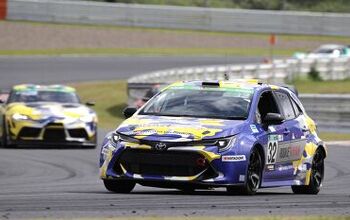
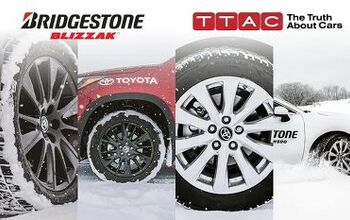



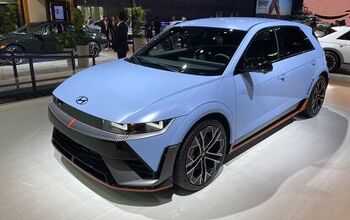



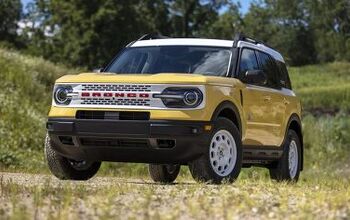
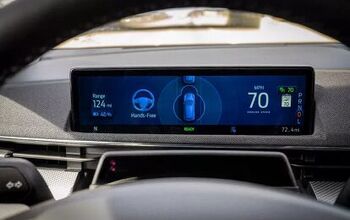
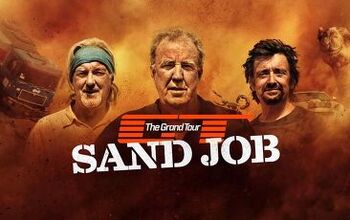
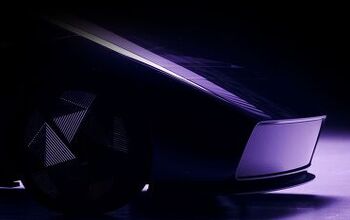
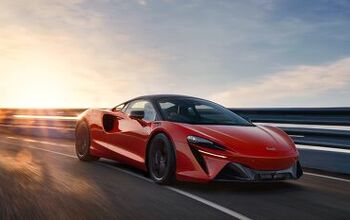
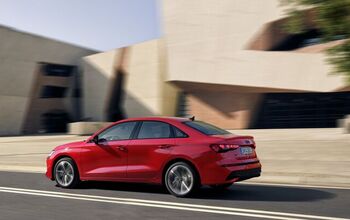
Comments
Join the conversation
The industry is smart to rethink the relationship between people and cars in an autonomous environment. I'd wager most people would ditch car ownership for a convenient ride hailing service. Thing is there definitely don't need to be (insert number of car brands here) different ride hailing services available... so we will see.
They can always use it as a subscription service so you pay a royalty for the use, this will likely cover the insurance cost for autonomous driving and make it more affordable. I'm actually surprised that auto insurance haven't gone the pay per mile model yet already.